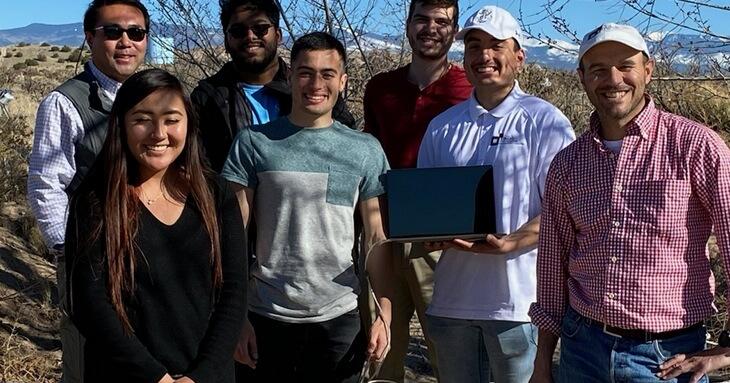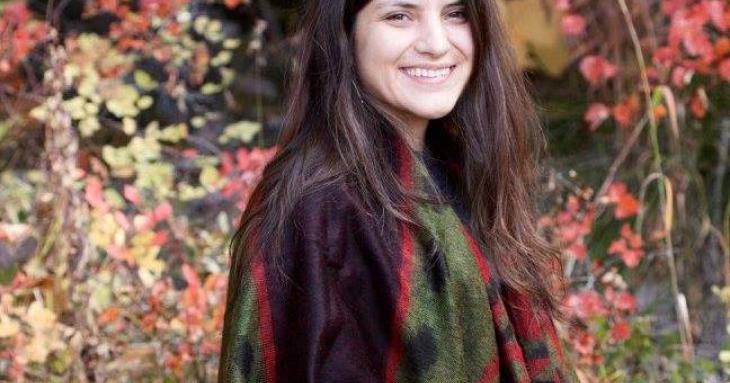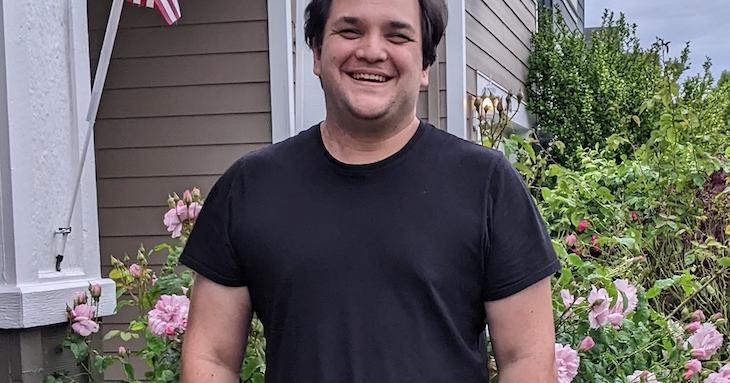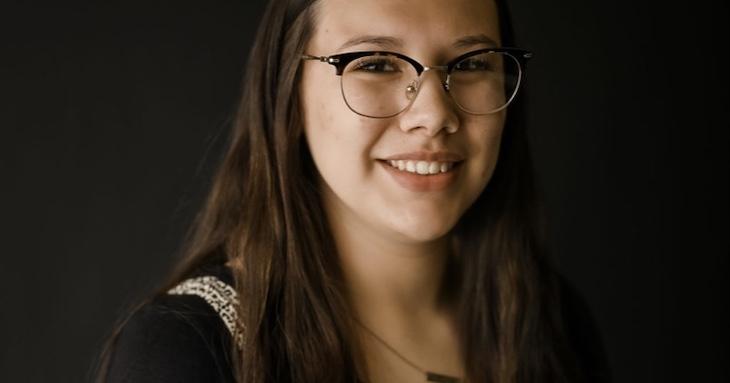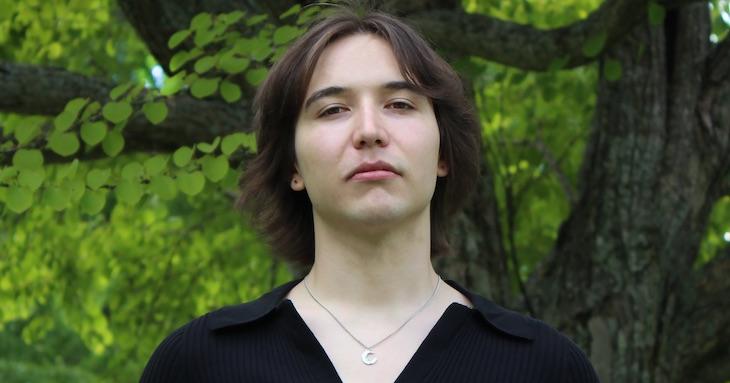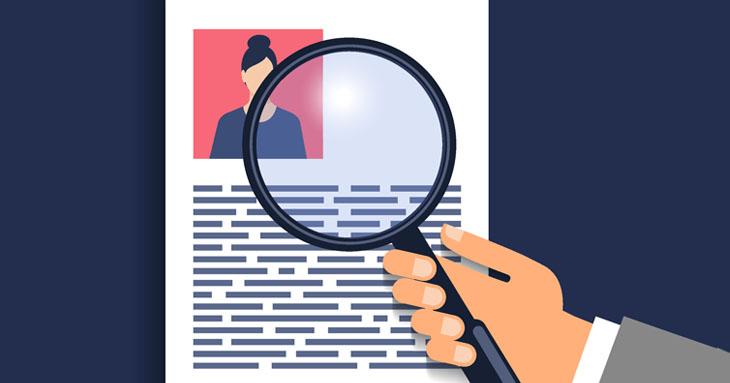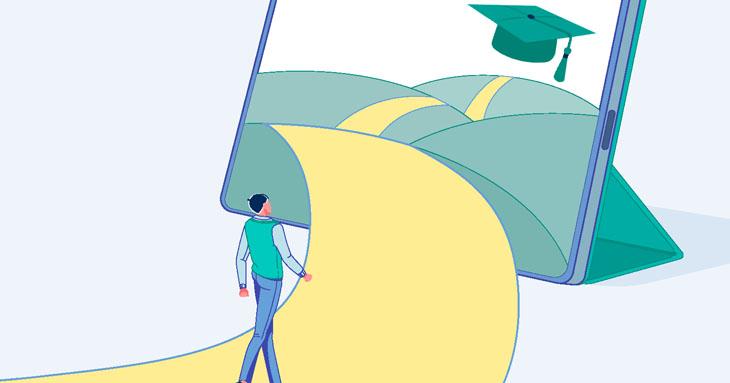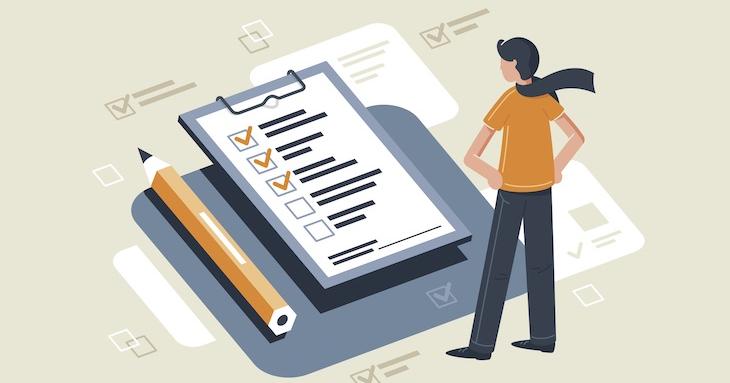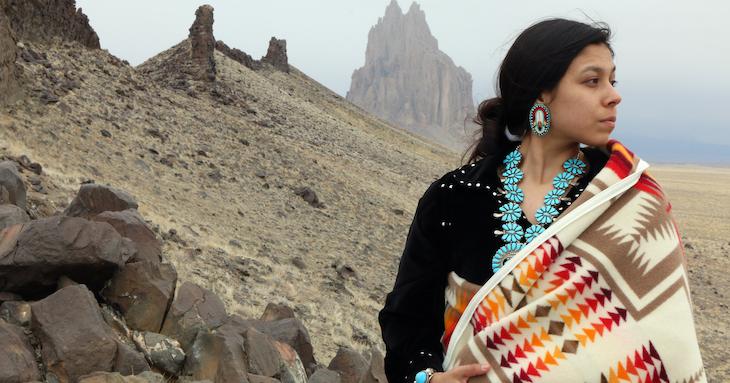-
Exceeding the Dream
Wireless sensor networks build resilience in a Native community — and in our research team
What do you get when you mix over 30 team members representing engineering faculty and students, ROTC cadets, aspiring lawyers, educational psychology instructors, and experts in flooding, then add a dash of ancient tribal knowledge, temperamental field sensors, wireless sensor networks built in-house, and unpredictable weather conditions — all with a one-year deadline and strict budget from a federal funding agency?
-
Hannah Funke | Confederated Salish and Kootenai Tribes | Salish Kootenai College and University of Idaho
It’s not surprising that Hannah Funke has more than a passing interest in fire. She grew up in northwest Montana, where there is a prevalent fire season. When she was young, she and her father would chase wildfires, observing the crews managing them. Both her parents fought fires — her mom’s desire to become a smokejumper was interrupted when she got pregnant with Hannah. Her father went on to become a welder and her mother went back to school to become a paralegal and later a nurse. Neither continued their fire fighting as Funke grew older.
-
Benjamin Quanah Parker | Squaxin Island Tribe | Portland State University
Dr. Benjamin Parker recently became the first Indigenous student to earn a PhD in mathematical sciences from Portland State University. He joins a list of only 37 Indigenous people with a doctorate in math. While a career in academia supporting students as an ombudsman may be in the cards for the future, Parker is currently content in his new role with Intel as a software research and development engineer.
-
Amaiya Bearpaw | Cherokee Nation of Oklahoma | Northeastern State University
Amaiya Bearpaw has always loved the outdoors. Preserving and improving the land that her family and community are part of has been a force in her life. Now, as she gets ready for her senior year in geography and sustainability studies at Northeastern State University, Bearpaw is even closer to her goal of making a difference in her community — and to the land that her community calls home.
-
Clara Sockbasin | Tobique First Nation | University of Waterloo
It would be an understatement to say Clara Sockabasin felt alienated when she first left her small New Brunswick community of Tobique First Nation for university halfway across Canada. Adapting to rigorous classwork at the University of Waterloo in Ontario, a top engineering school, was a harsh reality check. “Starting school, I was already behind,” recalls Sockabasin.
-
How to Tell Your Native Story on a College Application
If you’re like most students, you’re not exactly looking forward to the high stakes college application process. How do you write the perfect essay? How do you share with reviewers everything you want them to know about you? Will sharing your Native heritage help make your application stand out? Here are some tips for telling your Native story on a college application.
-
How to Map Your Academic Plan
At some point during your educational career, you’ll need to figure out how to get where you’re going. Enter the academic plan — it’s the map to your educational goals. With a plan, you can see the path you need to take to get where you want to go. Academic plans can be incredibly useful in helping you stay on track, regardless of what comes your way. Since every student is different, every academic plan is too. Here are some ways to create an academic plan that works for you.
-
FINISH STRONG
Virus or no virus, the end of the school year — with all its deadlines — is coming up fast.
Chances are you're wrapping up the most challenging semester of your academic career. The many adjustments that schools have made in response to the COVID-19 pandemic have closed campuses, displaced residential students, and moved face-to-face classes online. Courses are continuing for most students, but all the disruption and uncertainty are only adding to normal anxieties that come with finishing the academic year. -
Dominique Pablito / Zuni, Navajo, and Comanche / University of Utah / Chemistry and Biology
Dominque Pablito grew up in the small town of Aneth, Utah, on the Navajo Nation, and in New Mexico on the Zuni Reservation. She lived in a four-bedroom house with 13 family members, sharing a bedroom with her mother and brother, and visited relatives for extended stays. “I spent time with my great-grandmother, whose house had no running water or electricity,” she says. Because her grandparents did not speak English, Pablito learned the Zuni and Navajo languages. Pablito says that her father, an alcoholic, came in and out of her life.
-
Christopher Villarruel / Pit River (Ajumawi) and Atsuge (Hat Creek) / Humboldt State University / Forestry Hydrology
Former high school dropout Christopher Villarruel is about to graduate with a BS in forest hydrology. He gives a lot of credit for his personal turnaround to the grandmother who raised him. “My grandmother, Lillian Lego, was a very strong woman,”hes ays.“She was Ajumawiand Atsuge on her mother’s side and Madesi on her father’s side. She raised many of us grandchildren, and some of my first cousins are just like my siblings.”


